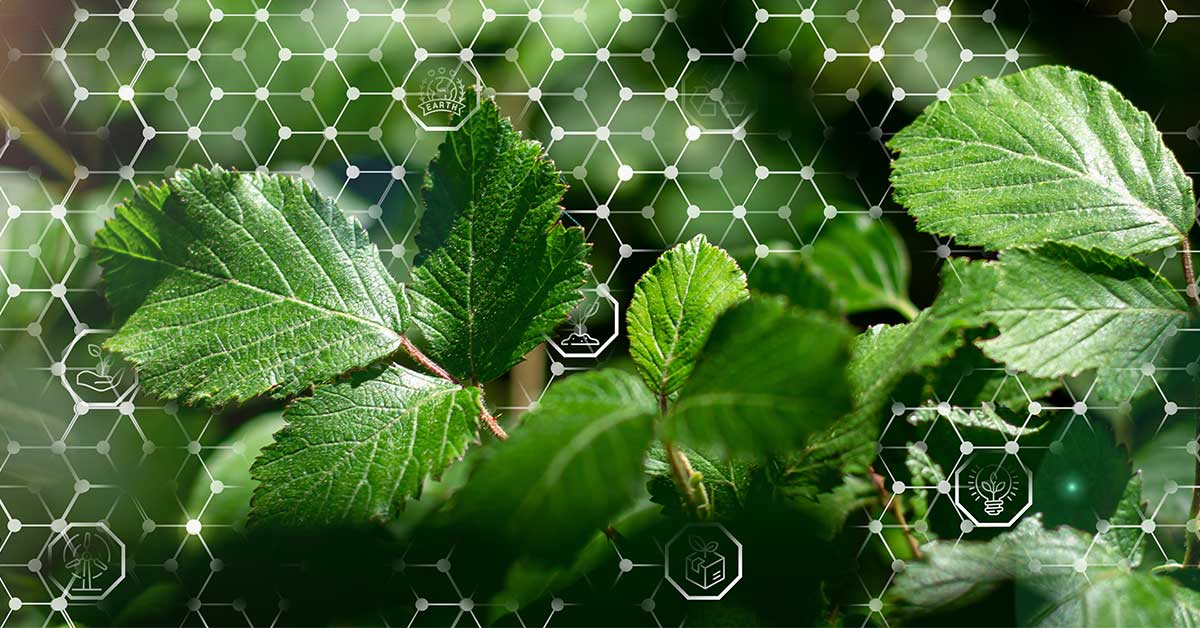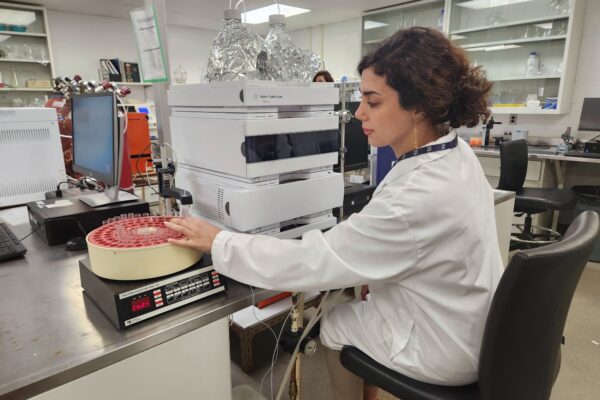- Research
-
YOU ARE
- Community member
- Future Student
- Student
- Professor
- Alumni
- Media
- Guidance counsellors
- INRS retiree
- Contact Us
- Newsroom
- Careers
- FR
-
Studies
We teach the next generation of researchers to develop scientific, social, and technological innovations.
-
Research
We find solutions through interdisciplinary research and industry or public and community partnerships.
-
INRS
We play an active role in Québec's economic, social, and cultural development.
Applying a thin film of metallic oxide significantly boosts the performance of solar panel cells—as recentlydemonstrated by Professor Federico Rosei and his teamat the Énergie Matériaux Télécommunications Research Centre at Institut national de la recherche scientifique (INRS). The researchers have developed a new class of materials comprising elements such as bismuth, iron, chromium, and oxygen. These“multiferroic” materials absorb solar radiation and possess unique electrical and magnetic properties. This makes them highly promising for solar technology, and also potentially useful in devices like electronic sensors and flash memory drives. The results of this research are discussed in an article published in Nature Photonics by researcher and lead author Riad Nechache.

The INRS research team discovered that by changing the conditions under which a thin film of these materials is applied, the wavelengths of light that are absorbed can be controlled. A triple-layer coating of these materials—barely 200 nanometres thick—captures different wavelengths of light. This coating converts much more light into electricity than previous trials conducted with a single layer of the same material. With a conversion efficiency of 8.1% reported by Nechache and his coauthors, this is a major breakthrough in the field.
The team currentlyenvisions adding this coating to traditional single-crystal silicon solar cells (currently available on the market). They believe it could increase maximum solar efficiency by 18% to 24% while also boosting cell longevity. As this technology draws on a simplified structure and processes, as well as abundant and stable materials, new photovoltaic (PV) cells will be more powerful and cost less. This means that the INRS team’s breakthrough may make it possible to reposition silicon PV cells at the forefront of the highly competitive solar energy market.
About this publication
The article published in Nature Photonics is entitled “Bandgap tuning of multiferroic oxide solar cells.” The research was conducted at Institut national de la recherche scientifique (Énergie Matériaux Télécommunications Research Centre, Varennes) by Professor Federico Rosei’s team of researchers made up of Riad Nechache, C. Harnagea, S. Li, L. Cardenas, W. Huang, and J. Chakrabartty with support from the Canada Foundation for Innovation, MDEIE, NSERC, FRQNT, and the Alexander von Humboldt Foundation. DOI: 10.1038/nphoton.2014.255

Green energy: from innovation to transition
You may also like

November 12, 2014
Modeling the deposition of metal nitride thin films by sputtering
November 12, 2014
Canadian Irradiation Centre (CIC)Share

